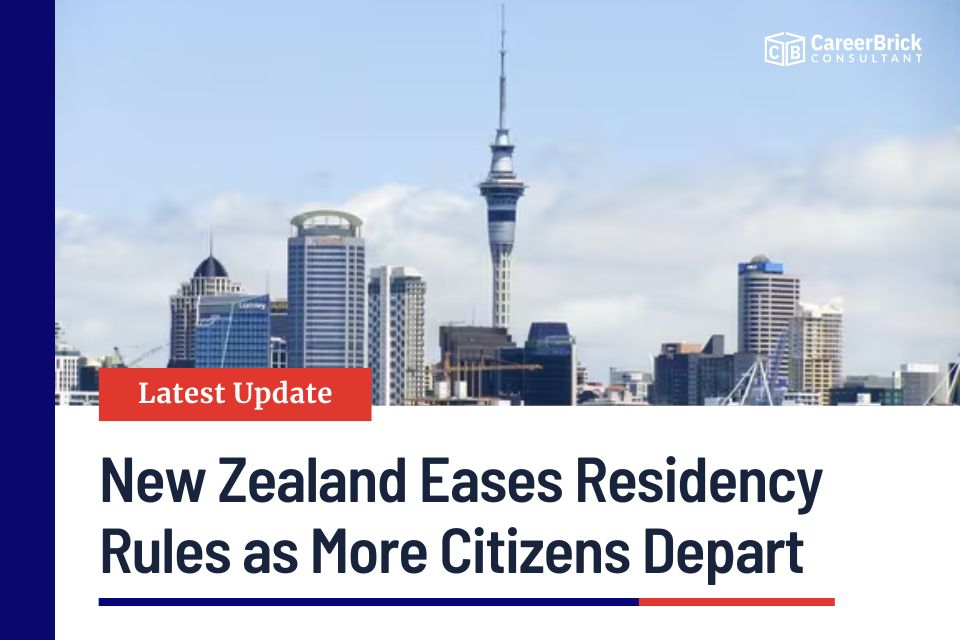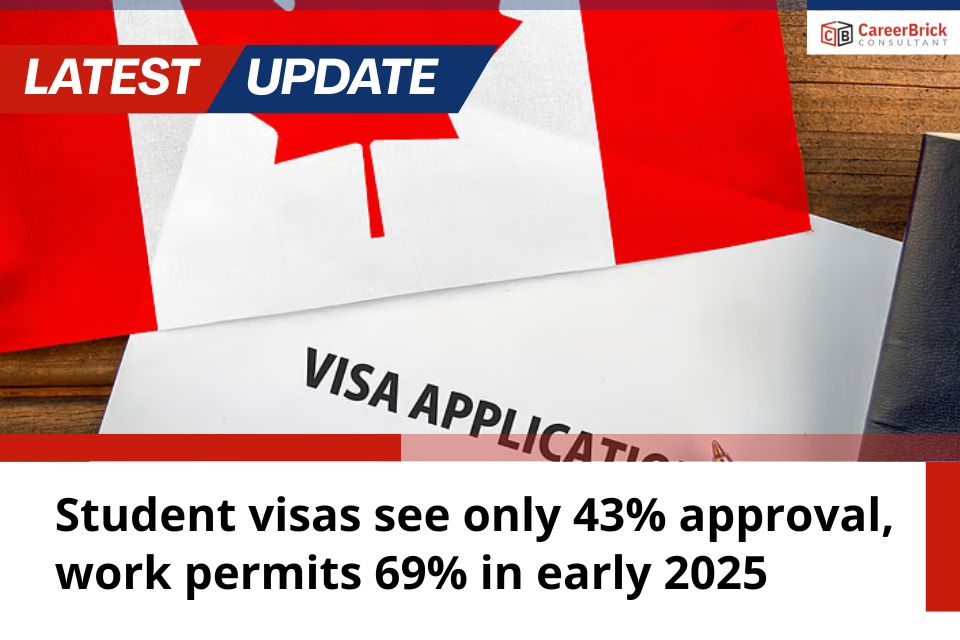Government introduces new visa pathways to attract skilled workers and boost economy
New Zealand is opening its doors wider to skilled migrants in an effort to strengthen its workforce and economy, as record numbers of its own citizens move overseas.
Economic growth minister Nicola Willis announced on Tuesday the launch of two new residency pathways, set to begin in mid-2026. She said the move responds directly to business concerns that it has been “too hard for some migrants to gain residence, even when they had crucial skills and significant experience not available in the existing workforce.”
The first pathway targets skilled workers who meet set experience and salary benchmarks, while the second focuses on trades and technical workers with the right qualifications, work history, and wage levels.
Immigration minister Erica Stanford explained that the skilled work pathway will help employers retain valuable staff already contributing to the economy, while the trades pathway acknowledges the importance of practical skills gained outside university settings.
The changes come at a time when New Zealand is experiencing a sharp outflow of citizens. Between July 2024 and July 2025, 73,400 New Zealanders left the country, compared with only 25,800 who returned, according to official statistics.
To attract global talent, the government has already introduced several initiatives this year. In January, visitor visa rules were eased to welcome digital nomads and influencers working remotely for overseas companies. In February, requirements for the “golden visa” investment program were loosened to draw in wealthy foreign residents.
Business groups have largely welcomed the latest policy, saying it will help employers fill persistent skill gaps. Infrastructure NZ, however, urged the government to bring forward the mid-2026 start date.
Not everyone is on board. Coalition partner New Zealand First voiced opposition, calling the plan an “unfocused immigration proposal.” Party leader and foreign minister Winston Peters argued that too many migrants use New Zealand as a stepping stone to Australia.
“We take them in, train them, look after their families, and then they leave,” Peters said, pointing to data showing that 35% of New Zealanders who migrated to Australia in 2024 were themselves born overseas.
He added: “We need an immigration system that supports New Zealand employers and workers, without sacrificing long-term opportunities for future generations.”







